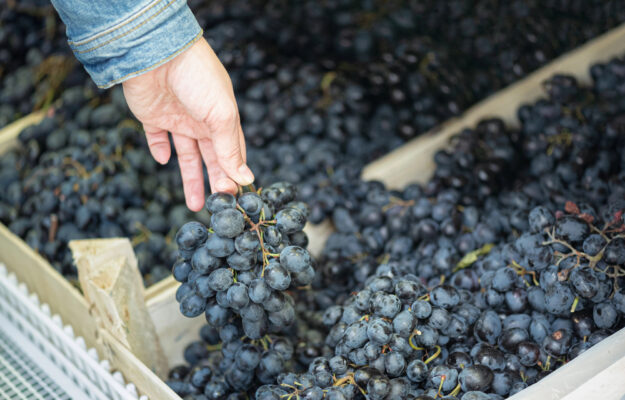While vineyards have already begun to bloom in anticipation of the 2024 harvest, which will hopefully be the one for the definitive restart, even though the “crazy weather” of recent weeks has already set off the first alarm bells in Italy, the European Commission has published its latest report on the short-term outlook for EU agricultural markets in 2024, which also outlines the state of the art on the 2023-2024 wine year that is coming to a close. A complicated situation, but it was already known, as punctually reported by the analyses of the last months and the statements of insiders published on WineNews, and which sees Italy as the worst at the quantitative level with a sharp decline that will lead it to lose its leadership to France. Production, on a general level, is expected to decline further (-10% year-on-year, -8% below the five-year average), to 143 million hectoliters, the lowest figure since 2017-2018 and this is due to significant decreases that occurred precisely in Italy (-23%), but also in Spain (-21%), despite an increase in France (+8%) and Portugal (+11%).
The unprecedented Italian decline is to be found in the frequent rains in the central and southern regions of Italy and the fungal diseases of the grapevine (downy mildew, ed.). In Spain, on the other hand, the slowdown is due to drought and then high temperatures in the main producing region, Castilla-La Mancha. As a result, France will once again become the largest wine producer in the EU even if the issue of vineyard uprooting, in Bordeaux, remains a constant.
Following a long-term trend, wine consumption in the EU is projected to decline slightly (-1.5%) to 96 million hectoliters, particularly for red wines, as evidenced by the preference of younger generations for other alcoholic beverages (beers and cocktails), but also for less demanding and easier-to-drink wines.
Wine producer prices in the EU remained stable in the second half of 2023, with different dynamics in different countries, and thus moderate increases in Italy and Spain, decreases in France, in line with changes in domestic production and decreasing demand. The quantity referred to “other uses” will increase, after crisis measures on distillation put in place by several EU countries, to 33 million hectoliters.
In 2022-2023, exports decreased by 3%, mainly due to a decline in PDO wines to the United Kingdom and the United States, but despite this, exports still increased mainly in value (+4%) due to inflation and a more resilient upward price segment pattern, as well as the peak of exports to Russia at the end of the trading year. However, in 2023-2024 the volume of exports is expected to decrease in volume by 11% to 28 million hectoliters and also in value (-8%), but this could contribute to the elimination of stocks. Against the background of high wine availability and reduced demand in the EU, the downward trend in imports is likely to continue in 2023-2024 (-14%) by a total of 5 million hectoliters. Wine ending stocks in the EU are expected to be lower than the average of the past five years (170 million hectoliters) after distillation measures on red and rosé wines.
Copyright © 2000/2025
Contatti: info@winenews.it
Seguici anche su Twitter: @WineNewsIt
Seguici anche su Facebook: @winenewsit
Questo articolo è tratto dall'archivio di WineNews - Tutti i diritti riservati - Copyright © 2000/2025








































































































































































































